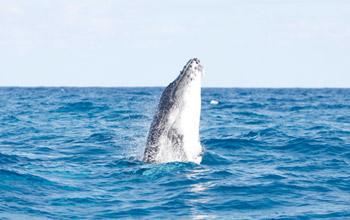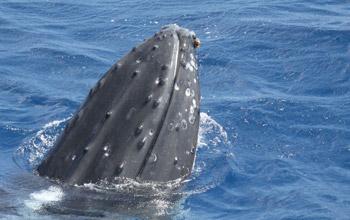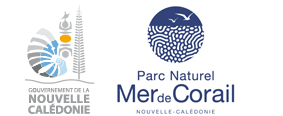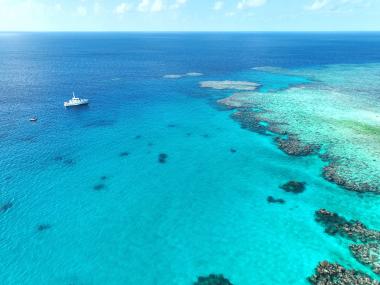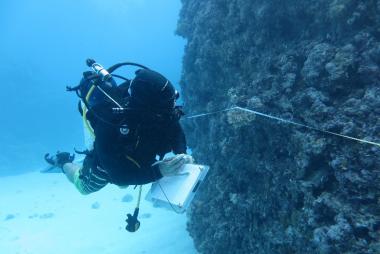Biodiversity
FROM ONE HABITAT TO ANOTHER
Some species visit several ecosystems throughout their life cycle. It is therefore necessary to maintain the links between them to guarantee the survival of certain species such as cetaceans, seabirds, turtles, sharks….
The aforementioned species move from New Caledonia to New Zealand, passing through Papua New Guinea and Australia in the process. Why do they undertake such a long journey ? Because these ecosystems acts as reproduction, nursing, or transit areas, in case of migrations.

SEABIRDS
Depending on migration periods, seabirds (Roseate Terns, Short-Tailed Shearwaters, Great Frigatebirds, Gould’s Petrels, Gannets) scatter and may feed offshore, hundreds of kilometers away from the emerged lands on which they nest.
The Chesterfield, Bellona, and d’Entrecasteaux atolls, as well as high oceanic islands are major seabird conservation sites.
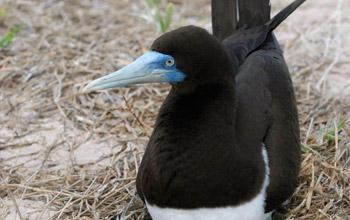
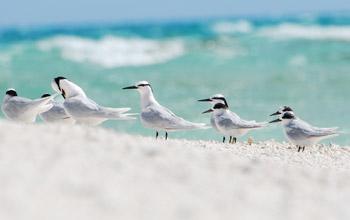
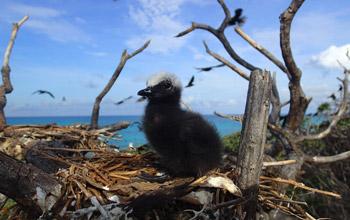
SHARKS
Some sharks living in coastal waters cross the ocean to continue their lives in tropical and subtropical waters between Australia and Tonga. Therefore, sharks temporarily settle down in several places: coral reefs, coastal zones, seamounts, searching for food. However, certain species of sharks remaining rather close to the reefs’ edges feed in high seas like white-tip sharks, black-tip sharks, lemon sharks or grey sharks.
The high presence of these top predators shows that coral reefs are in a very-well preserve state of conservation.
48 species of sharks can be found in the Natural Park. Unfortunately, 10 of those species have been classified as endangered by the IUCN, including the Great Hammerhead Shark, the White Shark or the Whale Shark.


TURTLES
Green and big-headed turtles have a long and complex life cycle, they come back to lay on the beach on which they were born! Their reproduction site is generally hundreds if not thousands of kilometers away from their feeding locations.
The d'Entrecasteaux atolls play a key role in Green Turtle reproduction: about 4000 turtles come there to lay every year. They feed in the Australian and Southern lagoons’ herbariums. As far as the Big-Headed Turtles are concerned they moved between New Caledonia and Queensland Olive Ridley and Leatherback Turtles only pass through the Natural Park of the Coral Sea. For example, after crossing the park, Leatherback Turtles divide their time between laying sites in Papua New Guinea and the Salomon Islands, they then feed in New Zealand and South-East Australia.
The Hawksbill Turtles are regularly observed but their nesting in New Caledonia is yet to be proven.
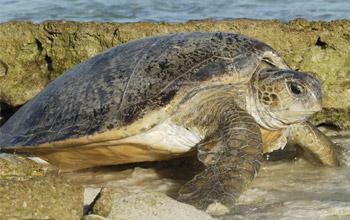
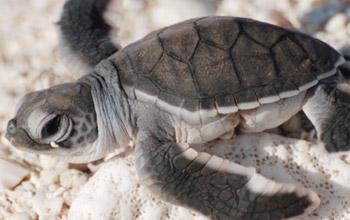
MAMALS, HUMPBACK WHALES
Whale species undertake seasonal migrations between their reproduction sites situated in intertropical areas and their feeding sites in high latitudes. Humpback whales pass through different kind of spaces during their migration. Underwater reliefs become reference points as well as resting and/or feeding zones. They use the coral ecosystem as a reproduction and nursing site while the high seas act as a transition zone towards feeding sites in Antarctica.
